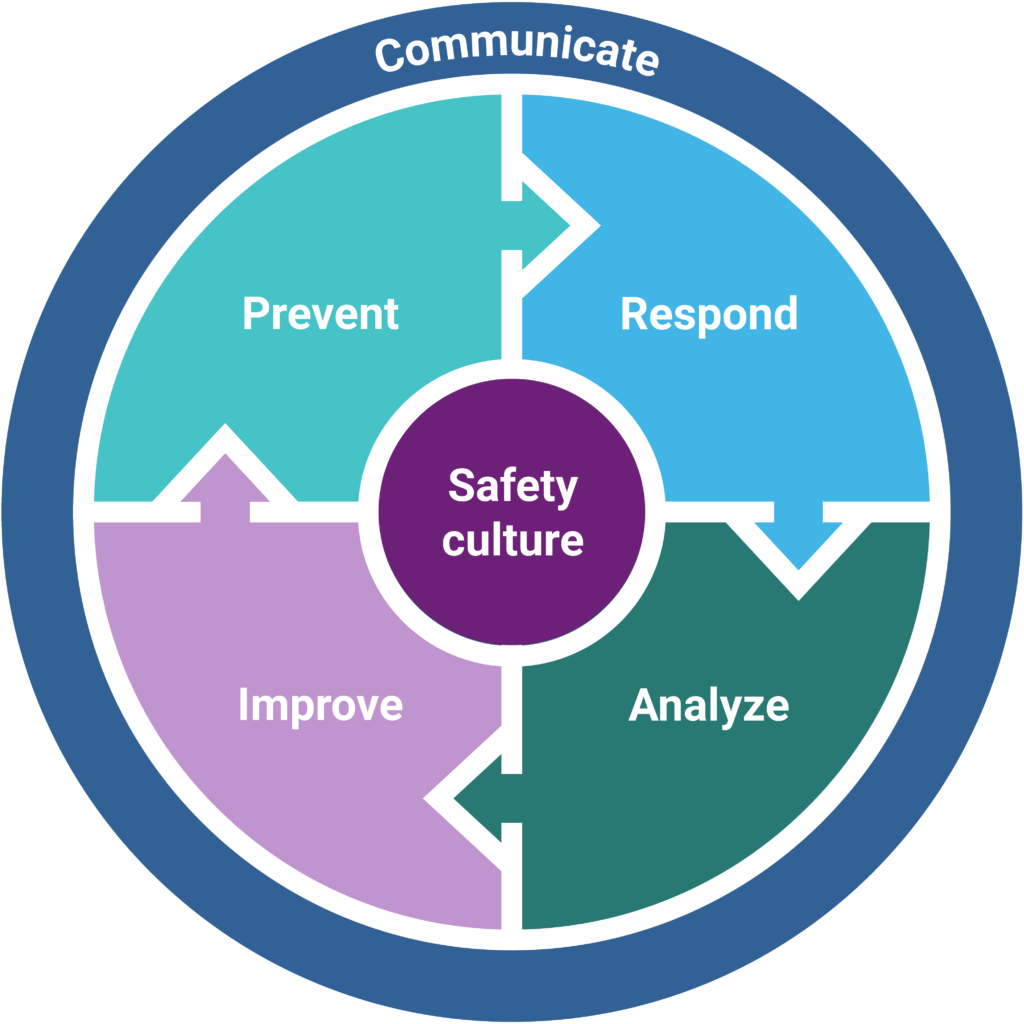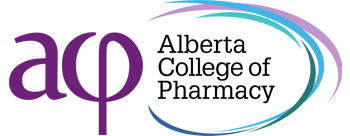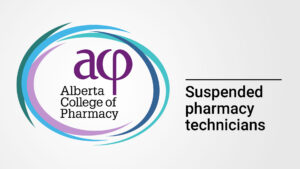
So far in our series of the five key activities of ACP’s new continuous quality improvement program (CQI+), we have talked about the first four activities—Prevent, Respond, Analyze, and Improve. In our final article of the series, we’ll look at the fifth activity: Communicate.

You’ll notice in our overview diagram that Communicate is represented as a circle surrounding the other four key activities. Comprehensive, open communication with patients, caregivers, other healthcare providers, and within the pharmacy team is essential to continuous quality improvement within your pharmacy practice. Good communication helps everyone learn from practice incidents and close calls, and keeps patients informed and involved in reducing risks—it is a hallmark feature of a strong, positive safety culture.
Here are some examples of how communication is important in different parts of CQI+:
- Analysis of practice incident – When analyzing a practice incident for contributing factors, everyone on the pharmacy team should have the opportunity to help figure out what happened. Each person may notice something different, depending on their role. Incorporating various perspectives can ensure that important contributing factors don’t get overlooked.
- New policies and procedures – The entire team can contribute to the development and implementation of new policies and procedures related to their continuous quality improvement program. This helps everyone understand what the expectations are, and fosters ownership and accountability.
- Safety self-assessment – This tool is not just for licensees; they should work with the whole team to evaluate risks in the pharmacy, share what they learn, and develop improvement strategies to address gaps.
- CQI meetings or huddles – These meetings build safety culture by giving the team a chance to talk openly about trends in their practice incidents and close calls. Team members can learn from each other, make plans to address vulnerabilities, and evaluate what is working and what isn’t. It’s important that these opportunities are used to celebrate safety successes as well.
- Involving patients and caregivers – When something goes wrong, pharmacy teams should be open and honest with patients. But this can be taken even further; team members can ask patients to share ideas on how to prevent the same practice incident from happening again and help evaluate solutions that are implemented. Involving patients in the safety of their care and closing the loop when incidents do arise helps build trust.
Safety culture relies on open communication between pharmacy teams, with patients and their caregivers, and with other members of the circle of care. These are just some examples where communication can help improve the safety and quality of the pharmacy care you provide. For more tips, check out the Guide to CQI+: A continuous quality improvement program for pharmacy teams.




